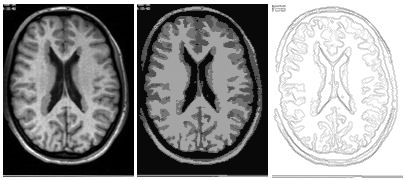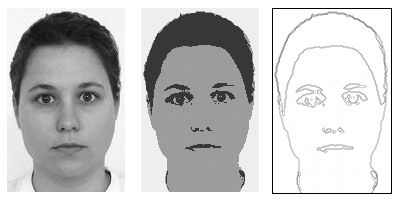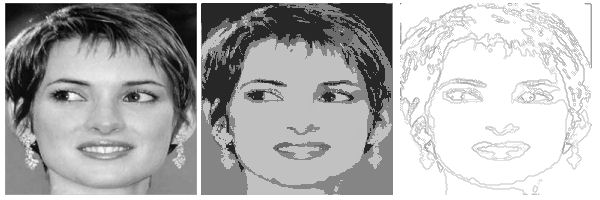Data-driven restoration of archaeological objects with neural networks
During archaeological excavations, it is common to find fractured or damaged objects. The process to repair and conserve these objects is tedious and delicate. Objects are often fragile and the time for manipulation must be short. With the recent progress in geometry processing and shape analysis, one can address the repair problem from a computational perspective. The process starts with a 3D scanning of the object. Then, an algorithm analyzes the 3D shape to guide the conservation process. Previous experience shows that unsupervised shape analysis to repair damaged objects give good approximations to conservators, and therefore reduce the workload and time of the processing.
The main problem is the prediction of missing geometry of damaged objects. Current methods assume that man-made objects exhibit some kind of structure and regularity. The most common type of structure used is symmetry. If an algorithm can detect symmetries in the object, we can apply the symmetric trans- formation to create what is missing. Although this approach is a promising direction, there are still some drawbacks: 1) If the object is too damaged, the symmetries cannot be recovered from the object itself. 2) The computational time to search for symmetries is still high.
We hypothesize that the aforementioned drawbacks can be addressed by a data-driven approach. It means we can learn the structure and regularity from a collection of complete known objects (in training time) and use them to complete and repair incomplete damaged objects (in testing time). In our project, the learning will be addressed through a deep learning architecture that captures the structure of complete objects and produces good approximations for incomplete objects.
This project is being funded by FONDECYT under contract 62-2018-FONDECYT-BM-IADT-AV.











